
Alright, let’s shake off the textbook vibes and get into it:
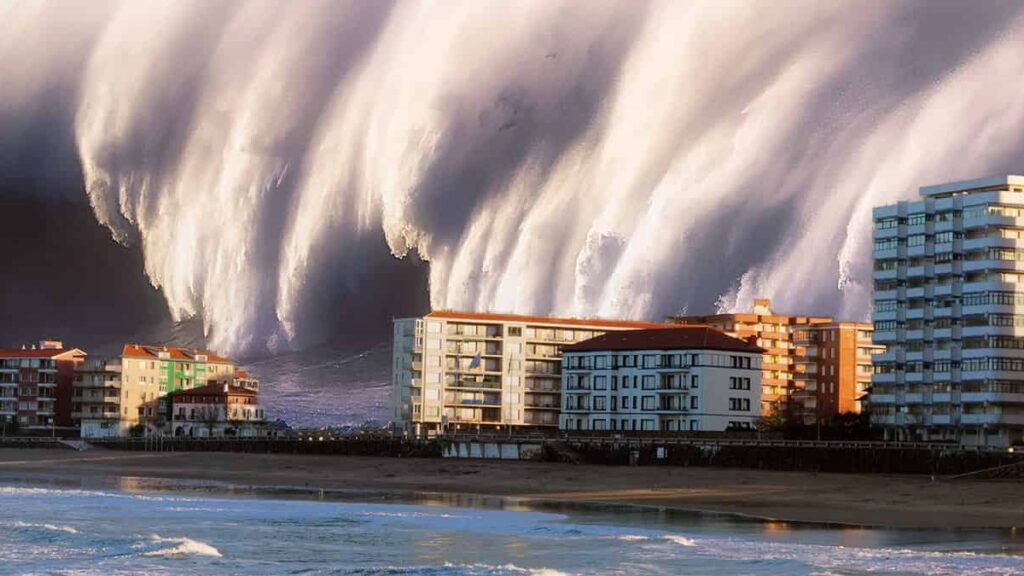
So, picture this: 1958, Lituya Bay, Alaska—middle of nowhere, right? But then, boom. This sleepy little fjord gets absolutely rocked by the biggest freakin’ wave anyone’s ever seen. We’re talking a monster—like, wave-so-tall-it-would-dwarf-the-Empire-State-Building kind of big. People still call it the most powerful tsunami in modern times, and honestly, it’s tough to argue with that. Nothing else even comes close.
https://science.howstuffworks.com/nature/natural-disasters/largest-tsunami-ever-recorded.htm
But where’s Lituya Bay, anyway? It’s tucked way up in southeast Alaska, surrounded by mountains and glaciers. Not exactly prime vacation real estate, unless you’re into grizzly bears. The place sits right on the Fairweather Fault—think of it as Alaska’s personal earthquake vending machine.
Let’s rewind to the night of July 9, 1958. Everything’s chill until right before midnight, when the ground decides to throw a tantrum—a magnitude 7.8 earthquake. That’s huge. People on boats in the bay felt the water move before they even heard the rumble. Next thing you know, a chunk of mountain the size of a city block just peels off and crashes into the water. And that’s what kicks off the insanity.
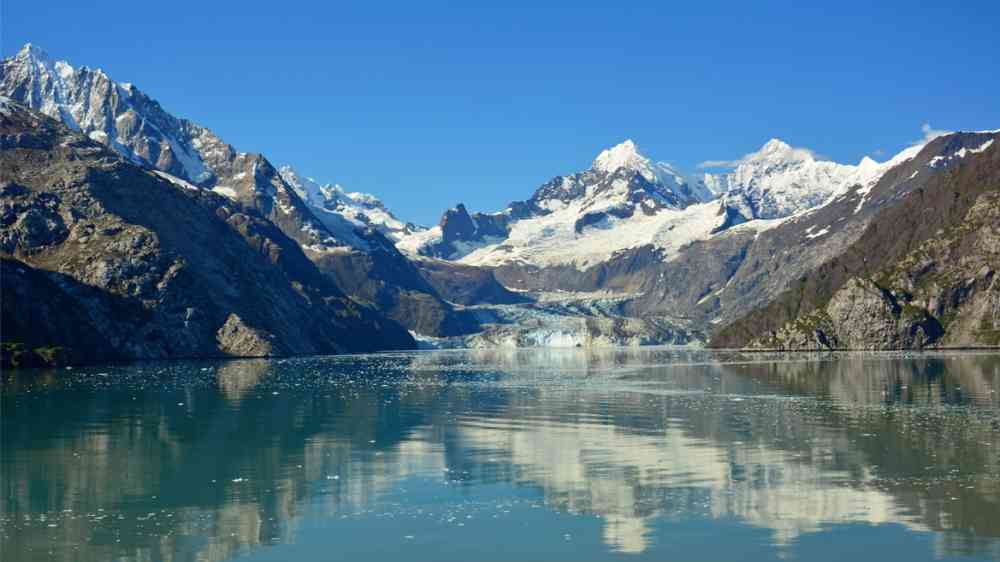
So, imagine a rockfall so massive that it basically dropkicks millions of tons of earth straight into the bay. The impact? It launches a wave 1,720 feet high. No, that’s not a typo. One. Thousand. Seven. Hundred. Twenty. Feet. If you’re trying to picture it, just stack five Statues of Liberty on top of each other. Still not high enough.
How does this compare to other tsunamis? Not even in the same league. Most tsunamis are big, sure, but they’re nothing like this. Most waves barely get to the height of a two-story house. This thing was a skyscraper made of water.
A big reason it was so nuts? Gilbert Inlet. The geography there is basically a natural shotgun barrel. The landslide funneled all that energy into one spot, and the wave had nowhere to go but up—and then out. It wiped the forest clean off the hillside, like someone took a giant eraser to the landscape.
Let’s talk survivors. Howard Ulrich and his son were on a boat that night. He saw the mountain collapse, watched a wall of water charge his way, and somehow—seriously, how?—rode it out. His boat got tossed around like a bath toy, but he lived to tell the tale. Others, not so lucky. Boats were torn to splinters or just vanished.
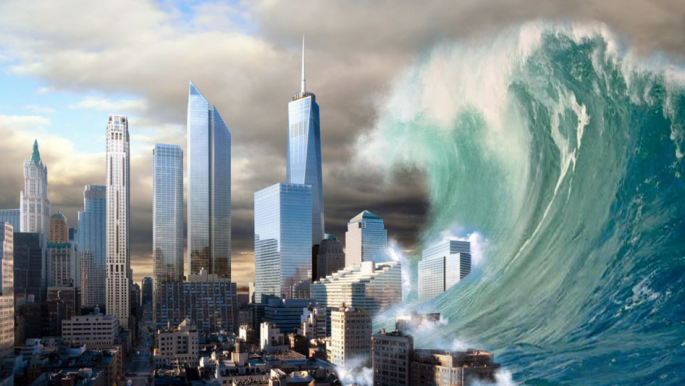
Scientists went wild over this. Geological surveys, all sorts of nerdy number crunching, and now they’re even using satellites and 3D models to piece together what really happened. Turns out, it wasn’t just the quake or just the landslide—it was this perfect, awful combo.
Could it happen again? Well, yeah, technically. The fault’s still there, the mountains are still crumbling, and scientists are watching. But there’s better monitoring now, so maybe we’d get a heads-up. Or maybe not. Nature loves surprises.
Here’s the thing that makes Lituya Bay’s tsunami so weird: it didn’t cross the ocean and wipe out distant cities. It was like a sniper shot, crazy high but super local. That’s why scientists call it a “mega-tsunami”—a whole different beast from your standard earthquake-triggered waves.
After the dust settled, the bay was changed forever. Trees gone, new scars on the land, and people suddenly a whole lot more interested in what’s going on with Alaska’s geology. It woke folks up. Now, there’s more focus on monitoring, education, and making sure we’re not totally blindsided next time.
And of course, Lituya Bay’s wave is now a legend. It pops up in documentaries, books, and all sorts of “did you know?” lists. Scientists love it, disaster junkies are obsessed, and it’s the gold standard for mega-tsunami talk.
What’s the difference between a regular tsunami and this monster? Normal tsunamis are usually triggered by undersea quakes, and they spread across the ocean. Mega-tsunamis are local, caused by massive chunks of earth slamming into water. Other places have seen similar stuff—Lake Geneva in 563 AD, or that bonkers wave in Greenland in 2017—but Lituya Bay is the boss.
So, what’s the takeaway here? Be ready. Nature’s not messing around. Build smart, watch the warning signs, and maybe don’t park your boat under a crumbling glacier. Lituya Bay’s still teaching us about what happens when land, water, and tectonic fury all get together for a midnight party.
And honestly, even after all the science, there’s still a little mystery left in Lituya Bay. That wave? It’s got a legacy—and it’s not done making us wonder.

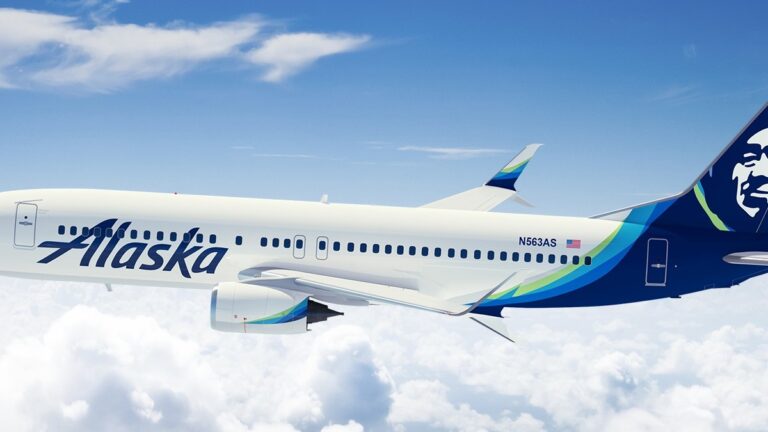
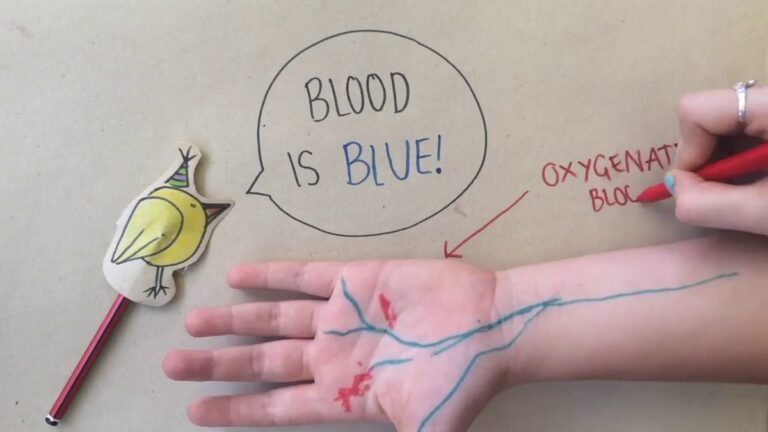

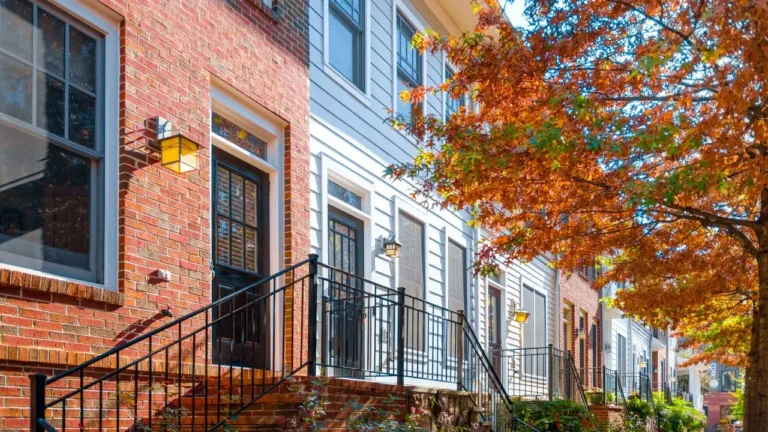

1 thought on “Lituya Bay 1958: What Triggered the Most Powerful Tsunami…”